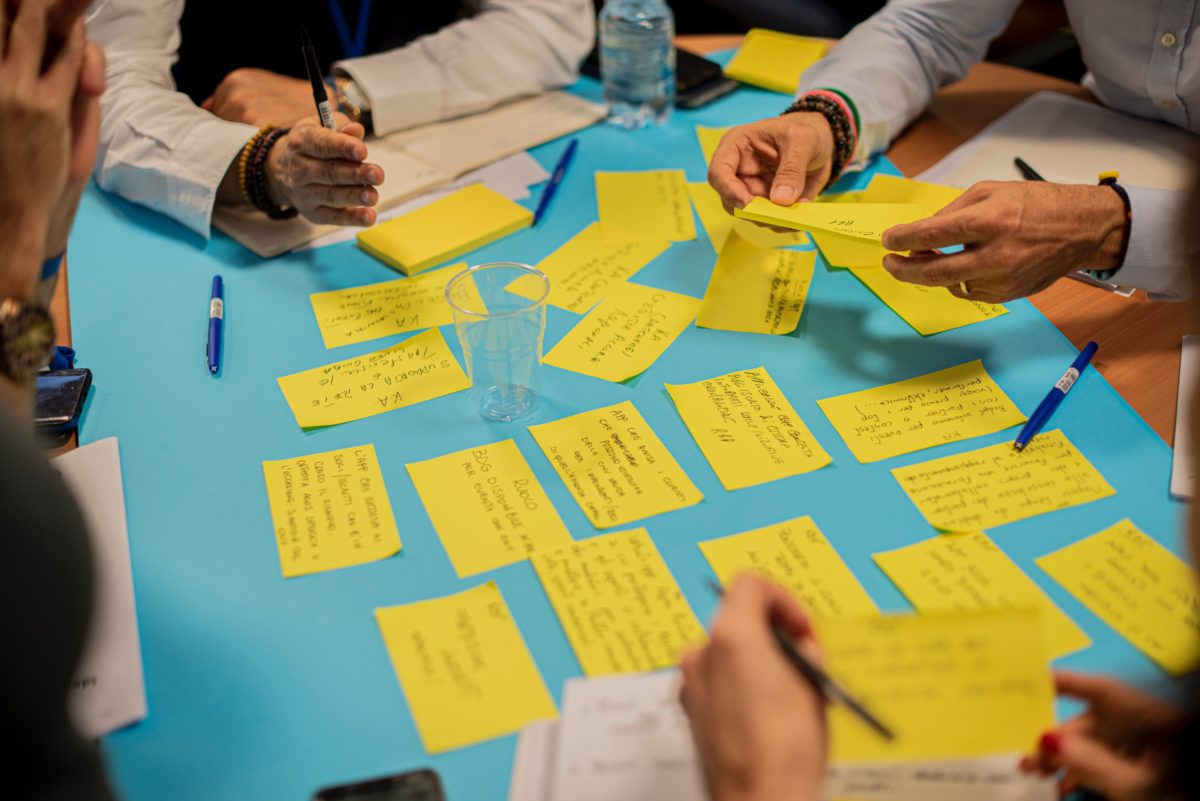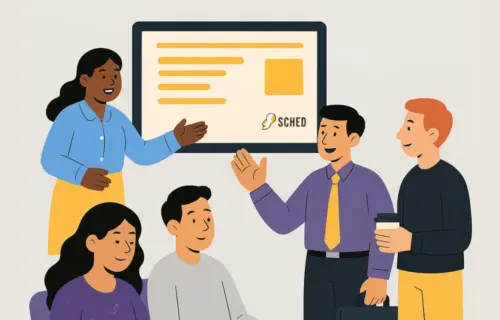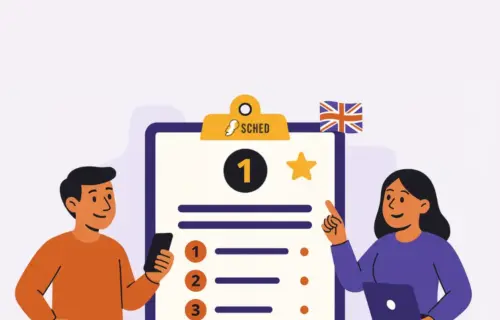Your event planning program can automate many of your tasks, but great events require building great session content.
Of course, you want attendees to be engaged, interested, and excited about the topic, but sometimes it’s hard to know what event content will work best and engage them.
In this article, we’ll explore choosing session topics, lengths, and more so that you can decide what works best for your event schedule.
Know your event audience
Table of contents
When choosing conference or meeting session content, understanding who is in the audience and what they expect is vital. Start by answering a series of standard questions:
- Why is this group coming together?
- Are they from the same company?
- Do they work in the same industry?
- What do they value and want from their time together at this event?
- Are there any major circumstances happening in the industry that might affect how these professionals interact with each other?
- How do attendees interact outside of your event through social media or other channels?
The more thoroughly you answer these questions, the more likely you are to target your event planning program to your attendees’ needs.
One of the easiest ways to do this is to ask at the time of registration. Consider building a series of questions that you ask your audience when they register. You might want to also select a small handful of registrants and call them to have a longer conversation about what makes a great session.
Understand your attendees’ wants and needs
Once you have a grip on who your attendees are, focus on understanding what they want and need from your event planning program. How? By asking them!
You can ask your attendees directly with surveys, focus groups, phone calls, or during the registration process.
You can also engage them through social media by asking questions or running polls. If the information is time sensitive (i.e., if it’s relevant only during an event), use Snapchat or Instagram stories.
Also, look for online resources that have researched what do conference attendees want?
Identify industry trends
Identifying trends is a great way to select session topics for your event. You may be overwhelmed by the number of options, so start by identifying industry-specific trends. Then narrow your list down according to the event attendees you’re targeting by role or geographical location.
For example, if you are hosting a professional development event for educators in a school district, consider which upcoming classroom trends are popular now e.g. implementing new technologies, like virtual reality, in the classroom as learning aids.
A great way to find topics for your event planning program is by joining relevant groups on Linkedin, signing up for industry newsletters and reading new articles produced by relevant outlets. Track which topics are covered and from which angle. Pinpoint which subjects frequently crop up. Use this list as a basis for devising conference session ideas.
Offer attendees something new
There are plenty of events out there, many of which will have content crossovers with your event planning program. Stand out from the crowd by giving your audience something new. Don’t be afraid to break the mould and challenge your audience.
Other industries can provide ample inspiration. Try subscribing to websites like HARO. Every day, you’ll receive a large list of topics journalists are seeking insights on for upcoming articles. Then see if you can find a relevant link to your industry.
For instance, the Metaverse was a popular topic when Facebook shifted to Meta. For an event industry conference, you could spin this topic for a session e.g. ‘What does the Metaverse mean for the Events Industry?’.
While it’s important to tread carefully, there are ways to use controversy to your advantage. The best way to deal with controversial topics is by:
- Creating a safe space for the speaker and audience members.
- Clearly communicate potentially distressing content before the event.
- Have an experienced moderator
Choose a variety of session formats
Just as the content should be tailored to your attendees, so should the session format. Some formats are better suited to some types of sessions than others. If you’re not sure where to start, Sched recently asked conference attendees what their favorite session formats are.
For example, an expert speaker on leadership development may share firsthand accounts about how they developed their skills. In this instance, a traditional presentation format could make sense.
However, if you’re running an event focused on professional development, your session may benefit from an interactive approach that gets attendees more involved.
Don’t forget to consult your speakers. After all, they’re the experts. They can provide suggestions based on past experience and share which formats best engaged attendees. Consider using an event management software tool that allows speakers to upload their own session information and materials.
Put a cap on how many sessions you offer
When devising your event planning program, the number of sessions you choose at your event depends on a few things:
The size of your event. The more attendees you expect, the higher number of sessions you need. If you’re hosting a conference with thousands in attendance, it’s likely that more than one session per hour will be necessary. If you’re organizing a smaller seminar or workshop, one event session per hour would probably suffice. Sched research suggests that attendees want 55-minute sessions.
Consider your event budget. Generally speaking, larger events require more speakers, who cost money to book. This means less cash for other aspects, such as catering or AV equipment rentals. However, content is king when it comes to boosting attendance and engagement. If there’s only one person with the relevant expertise, then splurging on that specific speaker may be worth it.
Create space for downtime
A common event scheduling mistake is not creating space for downtime. As much as we’d like to think that our event participants are fully engaged and interested in all the sessions they attend, everyone needs a break.
In your event planning program, create dedicated breaks between sessions that allow attendees to take five during presentations and provide ample opportunities for socializing. Communicate these times with an event scheduling software tool so that everyone feels comfortable taking advantage of them.
Conclusion
With so many options, it can be difficult to choose the right content for your event sessions. It’s important to remember that there is no perfect formula; the goal is to make sure that your event planning program reflects what you want attendees to get out of their experience. Make sure to constantly refer to your event goals so you don’t lose sight of your event’s purpose.








